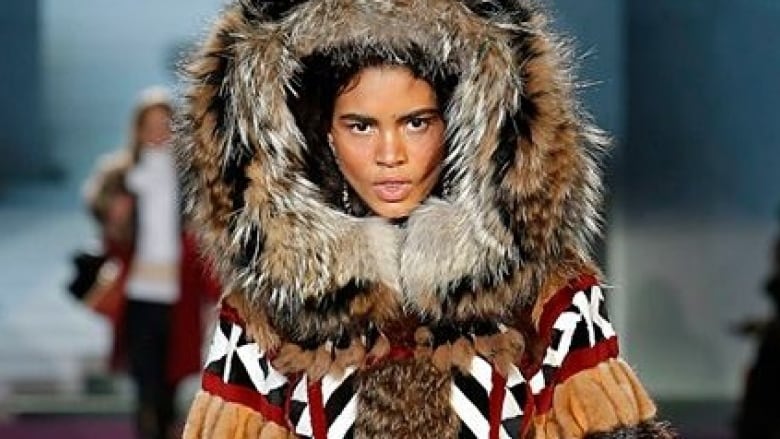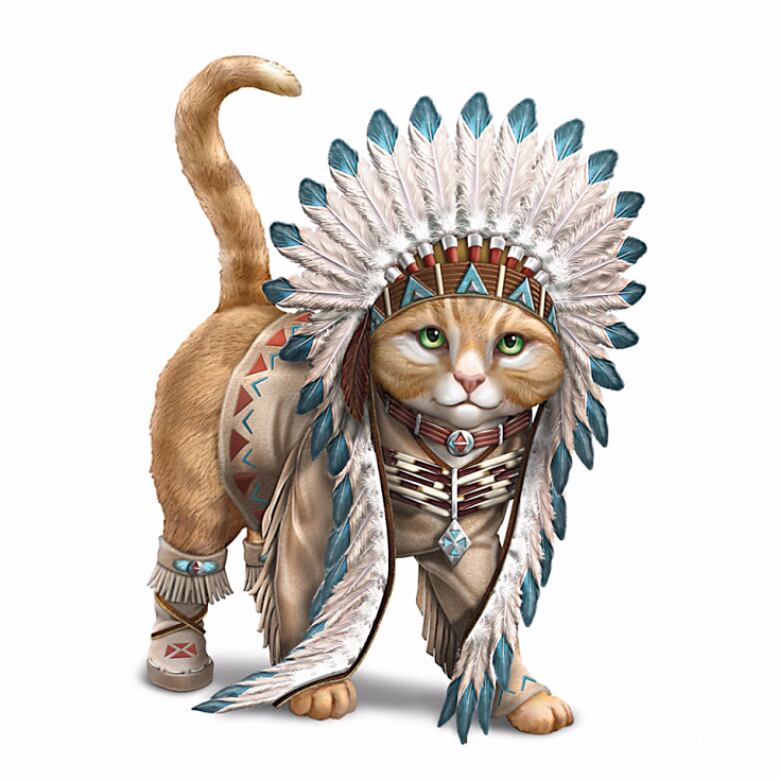Cultural appropriation guide aims to help designers, consumers, avoid insensitive choices
SFU professor has come out with guide to cultural appropriation; hopes to help designers, consumers

Cultural appropriation of Indigenous culture and art in the fashion world has caused plenty of controversy and an SFU professor wants to put a stop to it.
George Nicholas has helped create a guide about cultural appropriation for designers and merchandisers to avoid insensitive choices that cause cultural backlash and economic losses for companies that appropriate.
"We see this in clothing and many other areas. Sometimes things are used very inappropriately," Nicholas told On The Coast host Stephen Quinn.
- When "Chief Runs with Paws" is anything but cute
- Headdresses banned at Osheaga music festival
- Dsquared2 under fire for #Dsquaw women's fashion collection
"Listeners are familiar with rock art designs. Those might be showing up on t-shirts and other types of clothing, but to Indigenous peoples, those could be representations of spiritual beings. The essence of that being might be in the design, so actually wearing that design could be very dangerous to the person wearing it from an Indigenous perspective."

Nicholas says cultural appropriation boils down to "using something of someone else's without permission," especially heritage items from Indigenous peoples. He says Indigenous culture has been viewed almost as public domain for decades, and that many designers and others have seen that cultural heritage as fair game to use in their works.
"We're very familiar with [Indigenous] Northwest Coast art styles, but generally, many belong to particular families or clans, and even within those societies, they are not used by others without permission or some sort of recompense," he said.
'Consumers need to do homework'
Nicholas says the line between appropriation and celebration of Indigenous culture can be hard to find, which is why he came out with this guide.

He says consumers need to do their homework to make sure the designer and the company making their garments have Indigenous involvement if they're using Indigenous symbols or motifs.
He also says most designers and product developers want to do the right thing when it comes to Indigenous culture, but are often unaware of the issues.
"I gave a talk to the Canadian Babywearing Summit they came to me for advice for how they can avoid cultural appropriation," Nicholas said. "They could move forward to ask questions and connect to communities and artists so they could work together and share cultural elements."
"Many First Nations and Indigenous peoples do want to share their culture, but in ways that are not harmful or not counter to their values."
With files from CBC Radio One's On The Coast

To hear the full story, click the audio labelled:It's not just headdresses at festival; prof says Indigenous cultural appropriation widespread












_(720p).jpg)


 OFFICIAL HD MUSIC VIDEO.jpg)
.jpg)



























































































